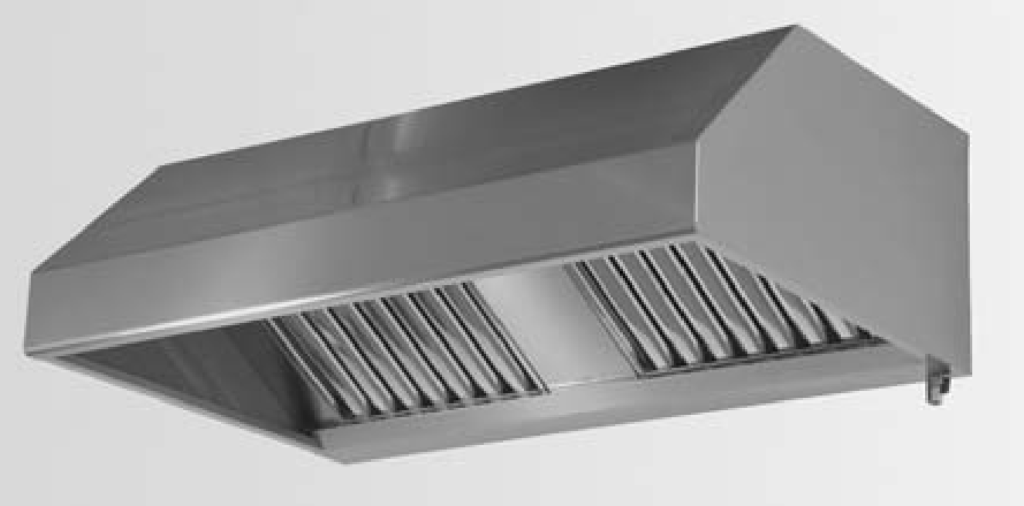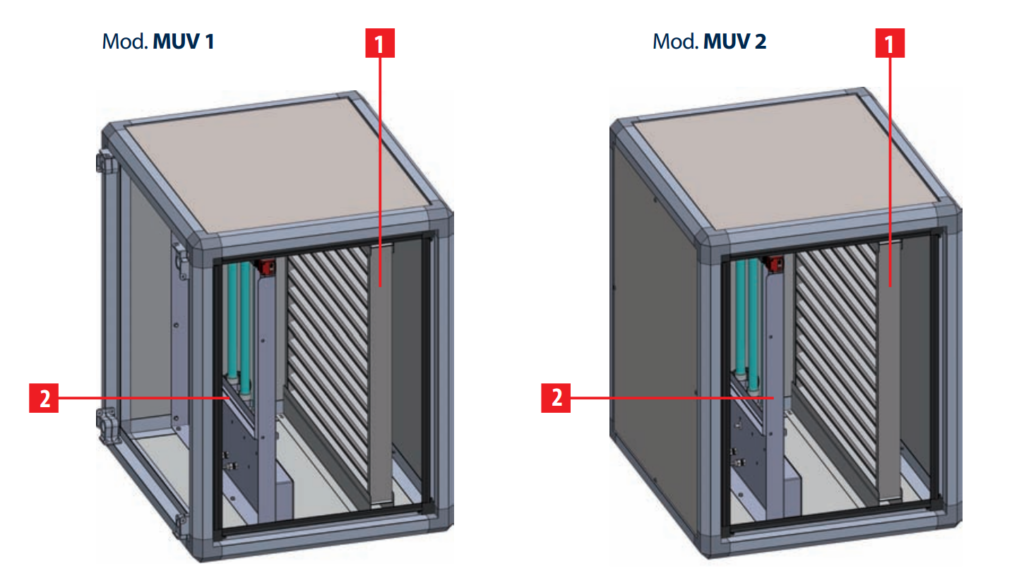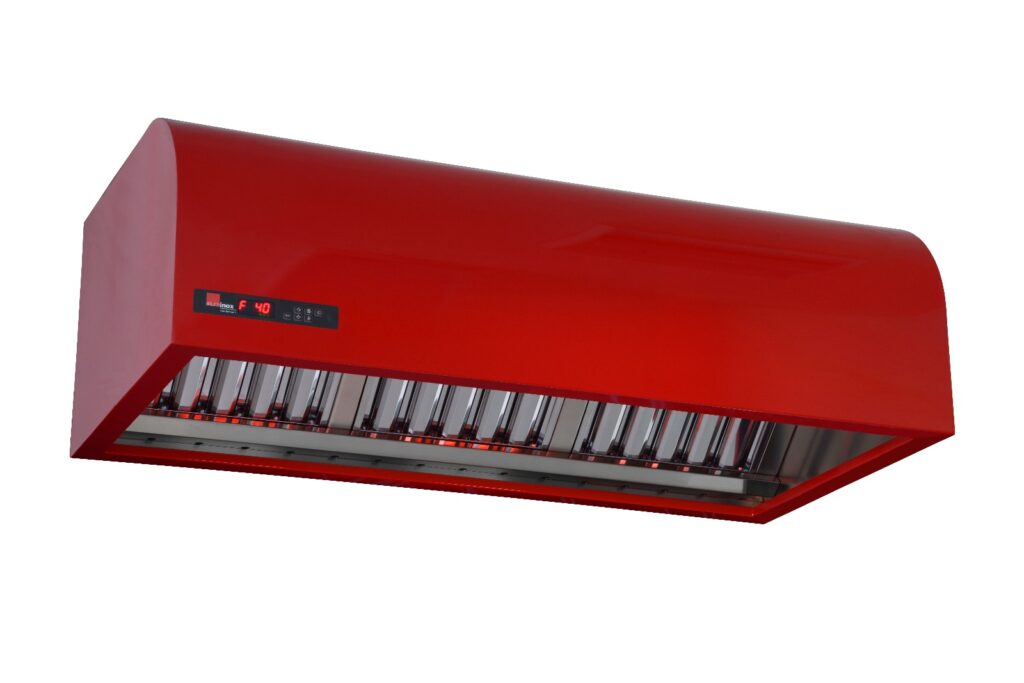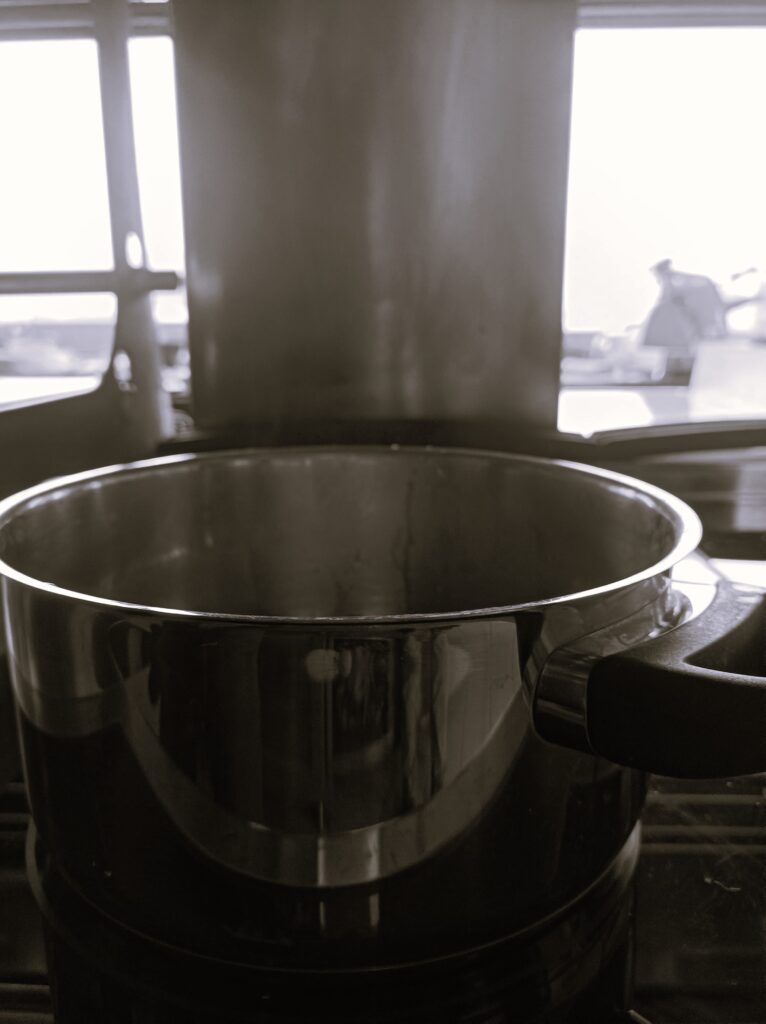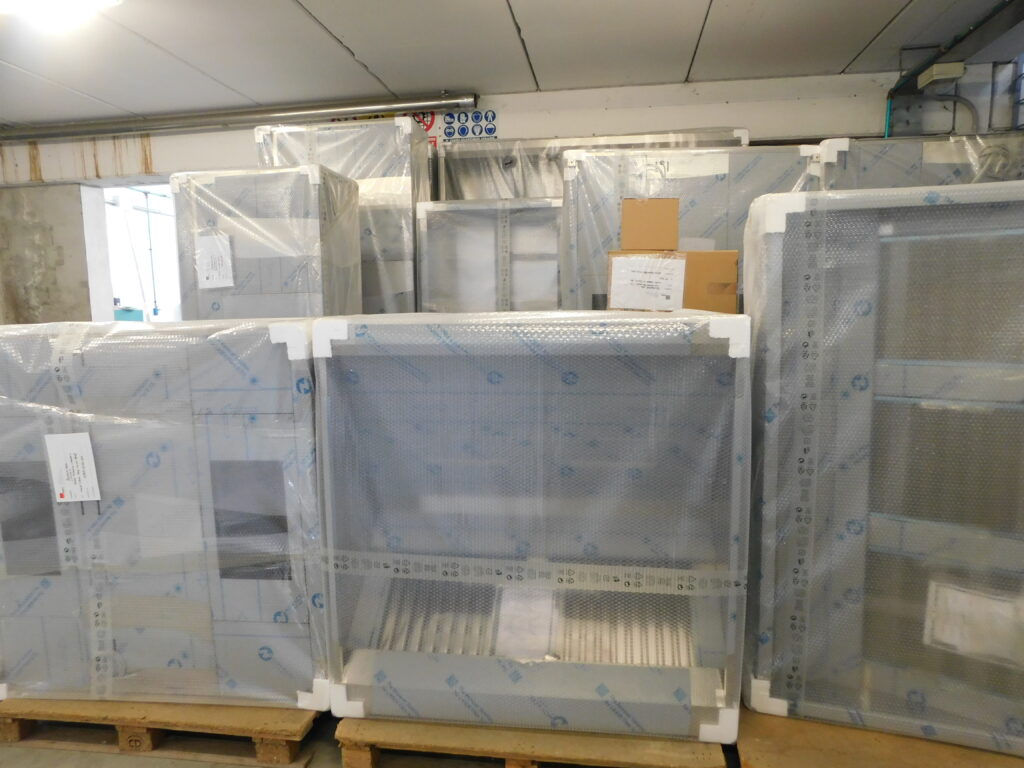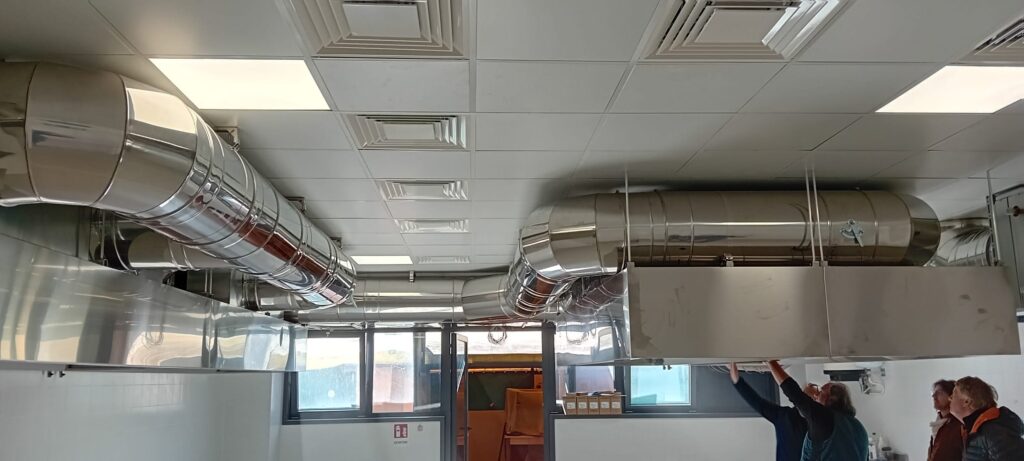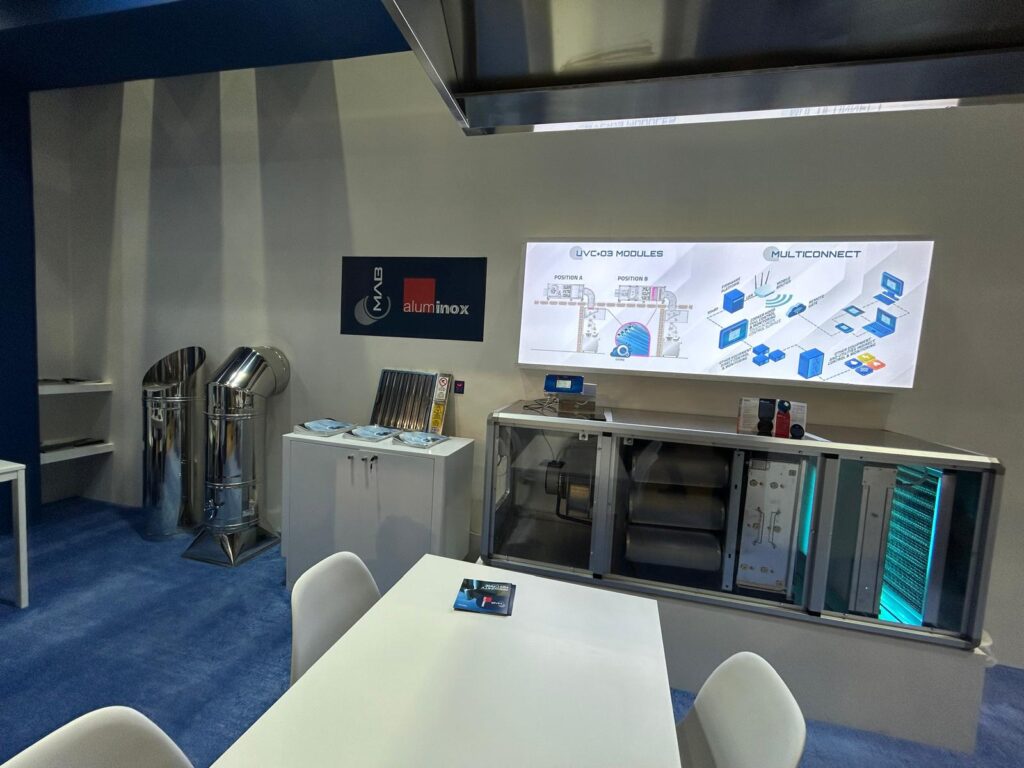Can the shape of an extractor hood lead to energy savings?
Well, yes!
Computer simulation
At least according to various research and experiments (even if simulated on the computer).
They have found that it is possible to obtain a reduction in aerodynamic drag of more than 90% by artfully “shaping” the inlet edges of the exhaust hood.
This allows (according to the results obtained in theoretical simulations, I can’t stretch this enough!) a greater capture of volatile organic compounds, reduces noise, and prevents contaminated air from escaping from the extractor hood.
All this by reducing the fan’s power. And consequently, saving energy.
How do you do it? Well, obviously it is necessary to analyze the normal parameters to establish the airflow: size of the kitchen, power of the equipment, distances, filters etc..
Corners and Vortices
Subsequently, you shall eliminate, where possible, those areas that are too angular which could create vortices, considered a source of friction and the main source of resistance to the airflow.
Not only in the air ducts, where it would be more obvious (and less easy, taking into account that these often have a “mandatory” passage), but also in the internal part of the hood.
A greater radius and fewer corners (whether concave or convex), as it is all subjected to the Coanda effect formulas.
Et Voilà: energy saving is also served!
At levels which, according to the studies, reach up to 55-60%
Interested? below, you will find some titles to study.
Or contact Aluminox, and a team of experts will be able to advise you best!
Bibliography
– “Investigating changes in geometric dimensions of vortex zones at the inlet of an exhaust hood set over a plane”. K.I.Logachev; A.M.Ziganshin; Y.Huang; Yi. Wang; O.A.Averkova; E.N.Popov; A.B.Gol’tsov; O.V.Tiron. 2022
– “Minimizing local drag by shaping a flanged slotted hood along the boundaries of vortex zones occurring at inlet”. A.M.Ziganshin; K.I.Logachev. 2020
– “On the resistance of a round exhaust hood, shaped by outlines of the vortex zones occurring at its inlet”. A.M.Ziganshin; K.I.Logachev; O.A.Averkova. 2019
– “Shape optimization of the exhaust hood in machining workshops by a discrete adjoint method”. F. Liu; H.Chen; H.Yuan; T.Zhang; W.Liu. 2023
– “Experiment determining pressure loss reduction using a shaped round exhaust hood”. A.M.Ziganshin; K.I.Logachev. 2019

 Italiano
Italiano

